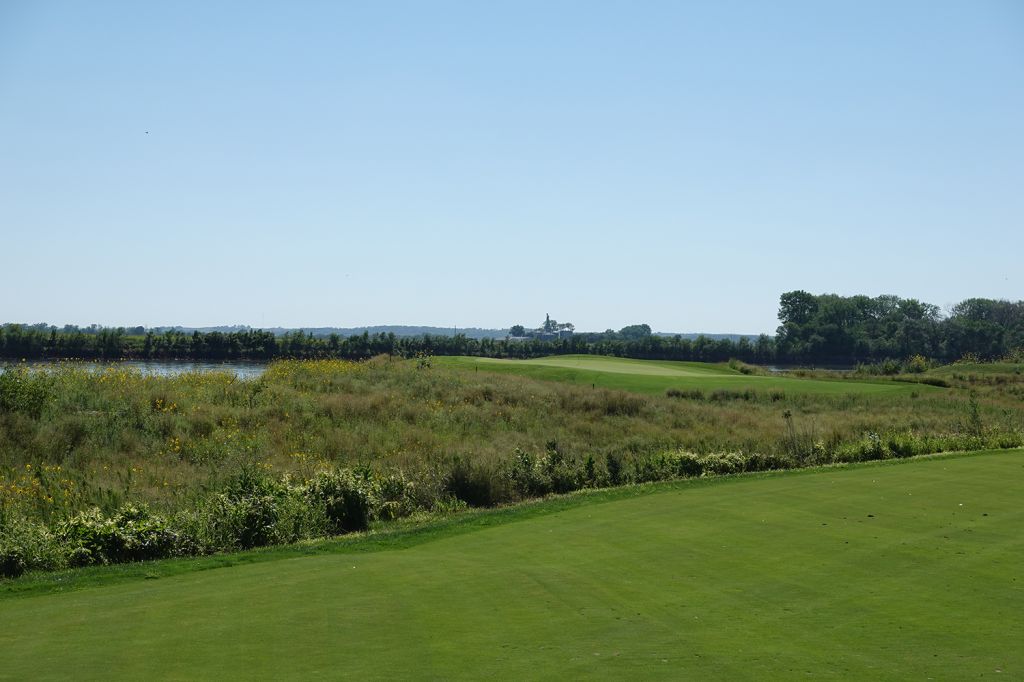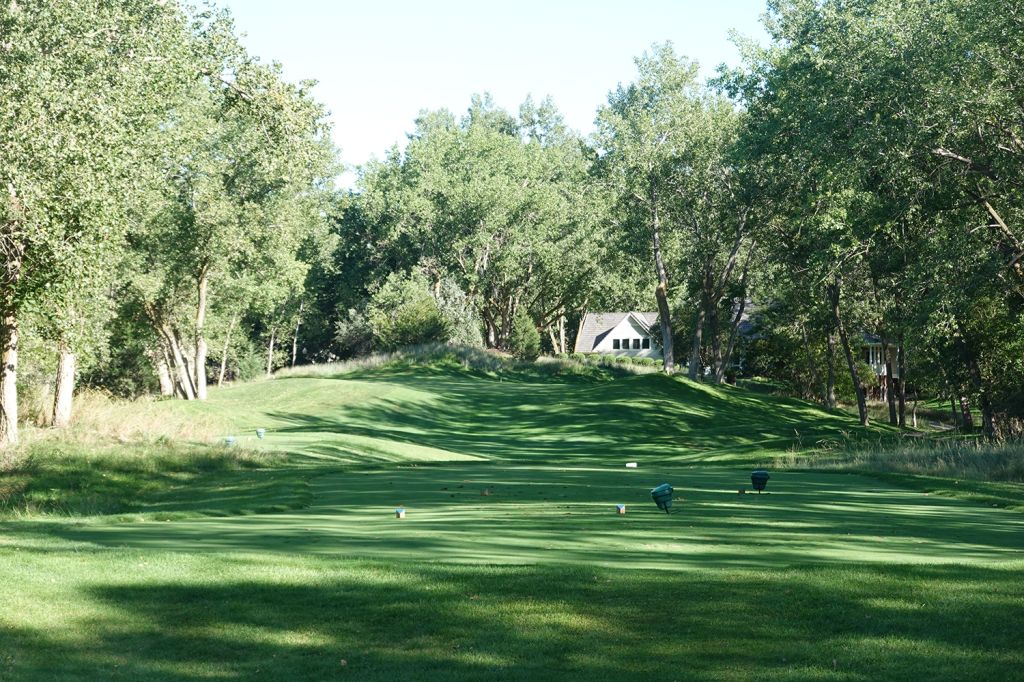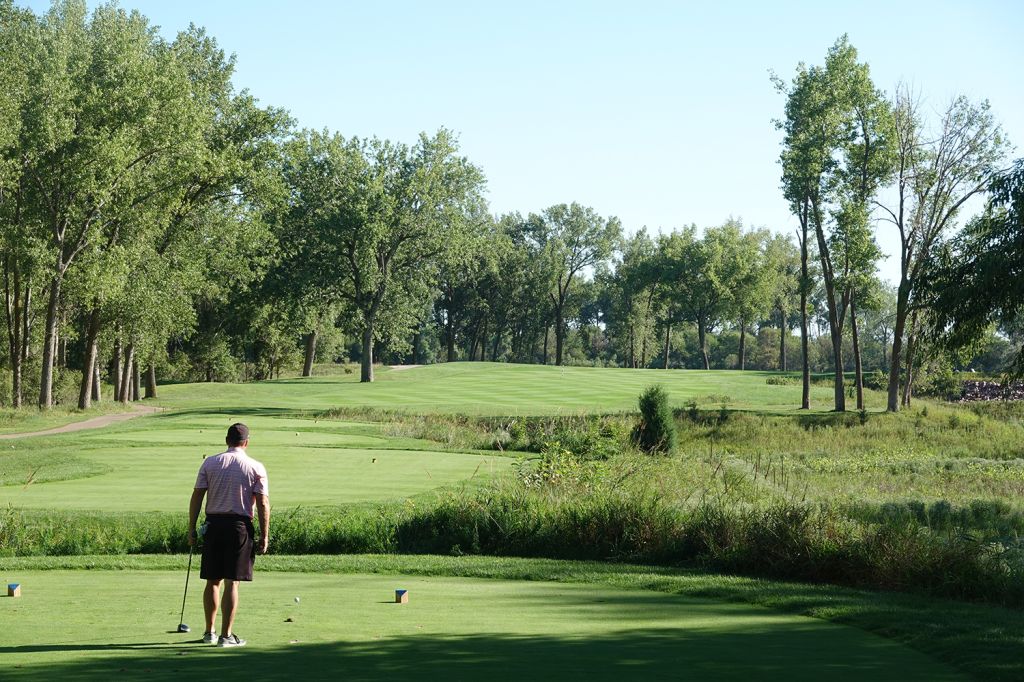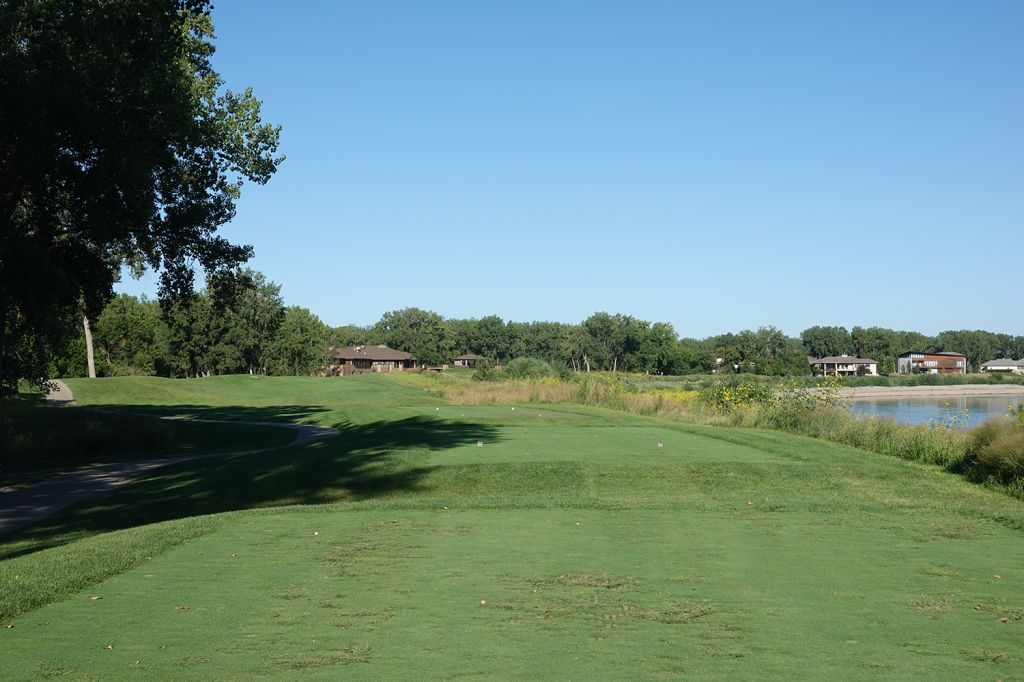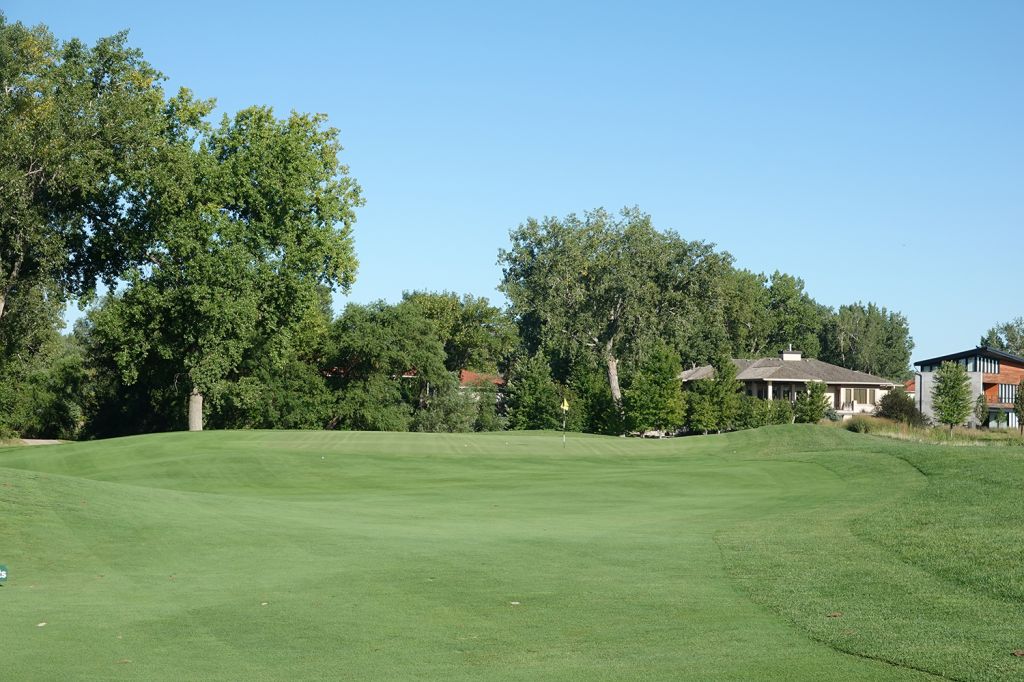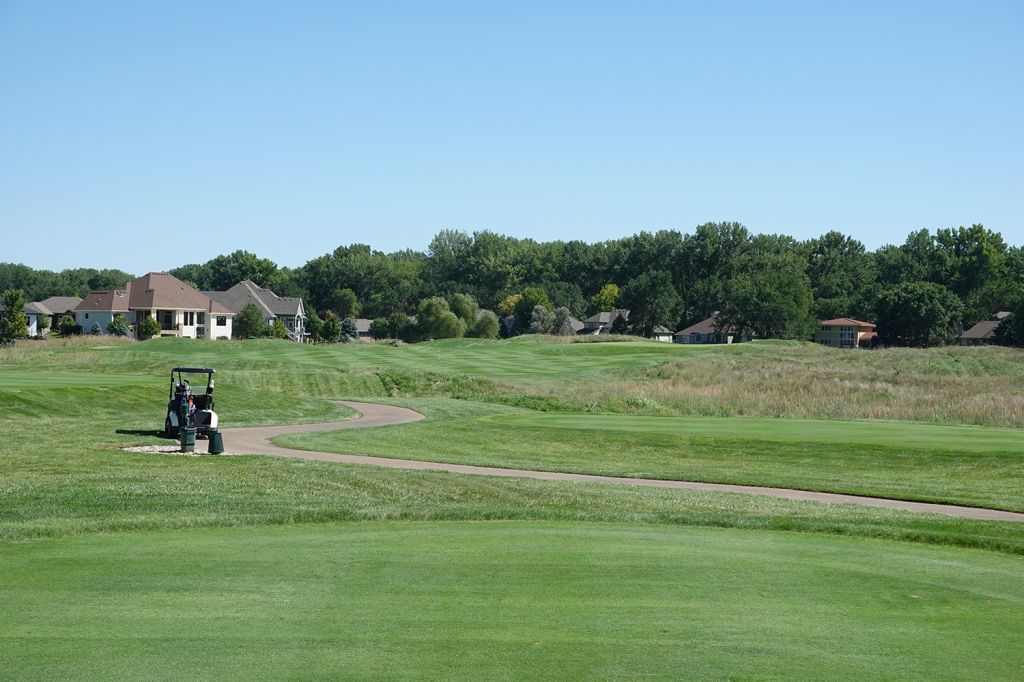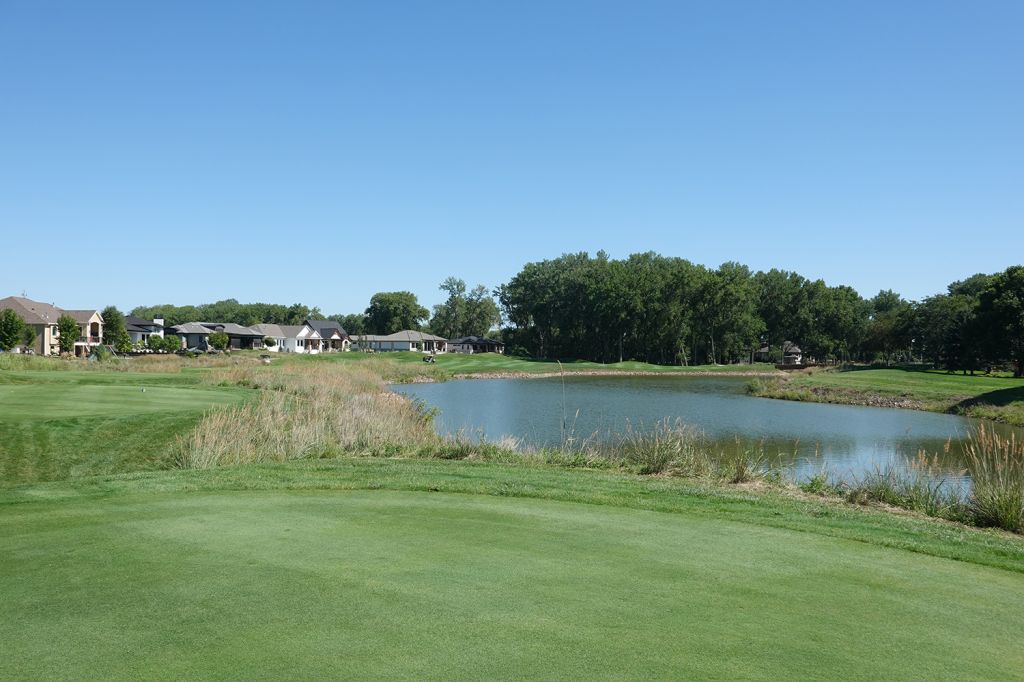 Golf Course Review by: Billy Satterfield
Golf Course Review by: Billy Satterfield
Rankings:
The Takeaway: The course is highlighted by the 8th, 17th, and 18th holes where the Missouri River comes into view, but the severe overgrowth of trees makes the layout difficult to enjoy through several stretches. Grade C-
Quick Facts
Designer: Arnold Palmer in 1991
Cost: Private
Phone Number: (605) 232-3000
Course Website: Official Website - Visit Dakota Dunes Country Club's official website by clicking on the link provided.
Directions: Get here! - 960 Dakota Dunes Blvd, Dakota Dunes, South Dakota 57049 – UNITED STATES
Photos: See additional photos of Dakota Dunes Country Club
What to Expect: Dakota Dunes gets its name from the neighborhood development it sits in and not because of any dunes you may be expecting to enjoy on the property. In fact, rather than an expansive property highlighted towering dunes, players are routed through a neighborhood with an abundance of overgrown trees. In fact, some holes are so tight that you hardly have a corridor to play through. It is a type of claustrophobic golf that is usually reserved for the heavily pined areas of the Pacific Northwest. The biggest highlight to the course by far is when the Missouri River comes into view late on each nine and players are released from the holds of housing and trees. The routing is handicapped by the restraints of the subdivision which is one of the biggest pet peeves among golf architecture aficionados which is unfortunate for Arnold Palmer’s effort here. In the end, Dakota Dunes may be one of the better offerings in South Dakota but that is more due the lack of competition than it is a tip of the cap the course’s greatness.
By the Numbers
| Tees | Par | Yardage | Rating | Slope |
|---|---|---|---|---|
| Palmer | 72 | 7157 | 75.8 | 141 |
| Blue | 72 | 6497 | 72.8 | 133 |
| Green | 72 | 5928 | 70.7 | 125 |
| White | 72 | 5408 | 68.2 | 117 |
| Red (Ladies) | 73 | 5036 | 71.4 | 125 |
Individual Hole Analysis
Signature Hole: 8th Hole – 213 Yard Par 3 – The beautiful 8th plays along the bank of the Missouri River with the water running along the left side of the hole. With no bunkers to contend with, your only focus should be on hitting the green. If you miss short right, there is still a chance to save par whereas going left brings double quickly into play.
Best Par 3: 16th Hole – 197 Yards – Another bunkerless hole, the 16th is a one-shotter that relies on the overgrown trees and long grass around the green to provide a defense. This is the last inland hole before heading back out to the Missouri River.
Best Par 4: 17th Hole – 425 Yards – A hazard runs up the right side of the fairway while a heavy tree lined flanks the left. The green creates a peninsula out into the Missouri River which results in an unforgiving approach shot; even without any bunkering.
Best Par 5: 18th Hole – 550 Yards – Dakota Dunes' finest hole is its finisher with maximum exposure to the Missouri River. The fairway bends right along the river while the trees on the left side prevent players from bailing out too far away from the water. The square green features a high side on the right that balls can bound off of onto the green while the left side repels balls from the putting surface.
Birdie Time: 3rd Hole – 362 Yard Par 4 – The shortest par four on the course and a chance to swing away with no bunkers on the hole. The fairway narrows tight 50 yards short of the green, but a tee shot shy of that will put a wedge in your hand to go flag hunting with.
Bogey Beware: 5th Hole – 430 Yard Par 4 – A deadly hole with more water than grass, the 5th could be really fun if it weren't for an aerial out of bounds over the houses that prevents players from cutting the dogleg and going for the second fairway in front of the green. Players are forced to play to the first fairway with water up the entire right side before a second shot over water to the green. With out of bounds left and right and water coming into play throughout, bogey can be a good score.

